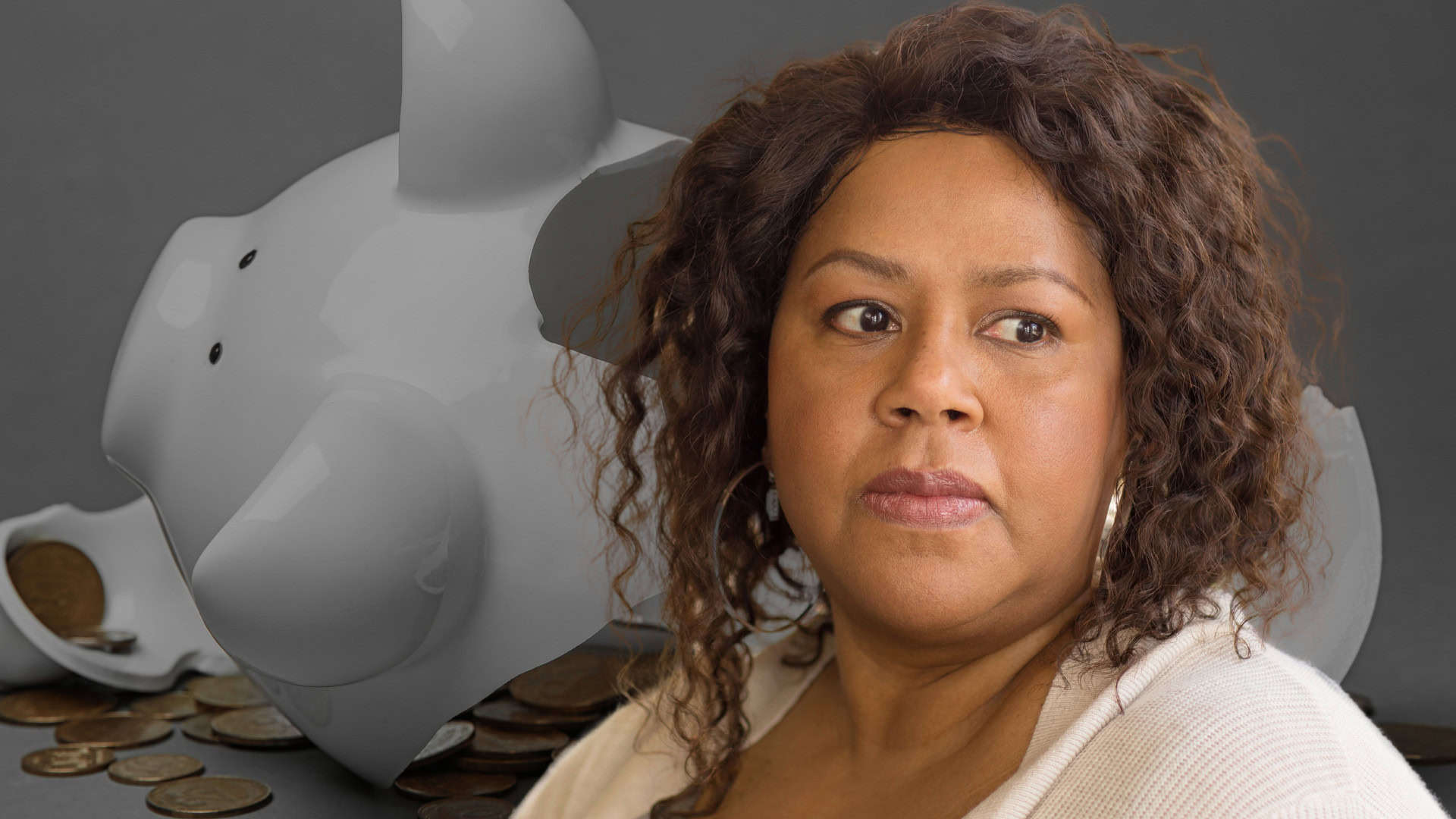Personal Finance
If you're 50 years old and haven't started saving for retirement - this is what you need to save

Published:

24/7 Wall St. Key Takeaways:
Most retirement planning assumes that you’ve been planning for decades. Trying to start saving in your 50s can seem overwhelming, especially since much of the “usual” retirement advice likely doesn’t apply to you.
But that doesn’t mean you can’t start!
The key is understanding how much you need to save to secure a comfortable future. Let’s break down what you need to save based on your income and age. We’ll be using a report by J.P. Morgan to help us out.
The table you’ll find below is based on some basic assumptions. It probably won’t match what you’ll need to do exactly. However, it should be close enough for you to make a few necessary adjustments based on your situation and then hit the ground running.
Here are the assumptions you need to know:
Not planning to retire at 65? That’s fine. You can adjust the numbers below to fit your situation.
Don’t look at this graph and panic! To find out how much you need to save to maintain your current lifestyle in retirement, locate your income level and follow the savings rate recommendation for your age.
Our chart assumes you have absolutely nothing saved. If you do, you may be able to get away with a small savings amount.
For example:
A 50-year-old earning $60,000 would need to save 27% of their annual income each year from now until retirement.
| Household Income |
Savings Rate |
| $30,000 | 13% |
| $40,000 | 21% |
| $50,000 | 24% |
| $60,000 | 27% |
| $70,000 | 31% |
| $80,000 | 33% |
| $90,000 | 36% |
| $100,000 | 42% |
| $125,000 | 48% |
| $150,000 | 51% |
| $175,000 | 54% |
| $200,000 | 56% |
| $250,000 | 60% |
| $300,000 | 63% |
If you’re starting late, you don’t have as much time to take advantage of compound interest. Therefore, you’ll need to throw more money into your retirement accounts. As you approach retirement, your portfolio needs to grow fast enough to ensure you can replace your income for retirement. That won’t happen with interest alone.
If you’re feeling overwhelmed, here’s how to get started:
Are you ahead, or behind on retirement? For families with more than $500,000 saved for retirement, finding a financial advisor who puts your interest first can be the difference, and today it’s easier than ever. SmartAsset’s free tool matches you with up to three fiduciary financial advisors who serve your area in minutes. Each advisor has been carefully vetted and must act in your best interests. Start your search now.
If you’ve saved and built a substantial nest egg for you and your family, don’t delay; get started right here and help your retirement dreams become a retirement reality.
Thank you for reading! Have some feedback for us?
Contact the 24/7 Wall St. editorial team.